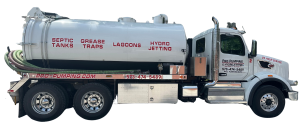What is a
Lagoon?
Lagoon Maintenance
A lagoon is a wastewater treatment system designed to safely process household sewage through natural biological processes. Typically 3–5 feet deep, lagoon size is based on the number of bedrooms in the home (about 440 square feet of water surface per bedroom).
With the right balance of sunlight, oxygen, and water depth, lagoons provide effective wastewater treatment—but only if they are properly maintained.
Accumulated Solids
Over time, solids build up in the lagoon, reducing its ability to treat wastewater effectively. To keep your system working:
- Pumping
We provide estimates for sludge removal and calculate how many gallons need to be pumped.
- Biological Remediation
Stirring sludge mixes aerobic and anaerobic layers, improving lagoon health. Adding microbes after stirring further reduces sludge levels, and aeration may be needed.
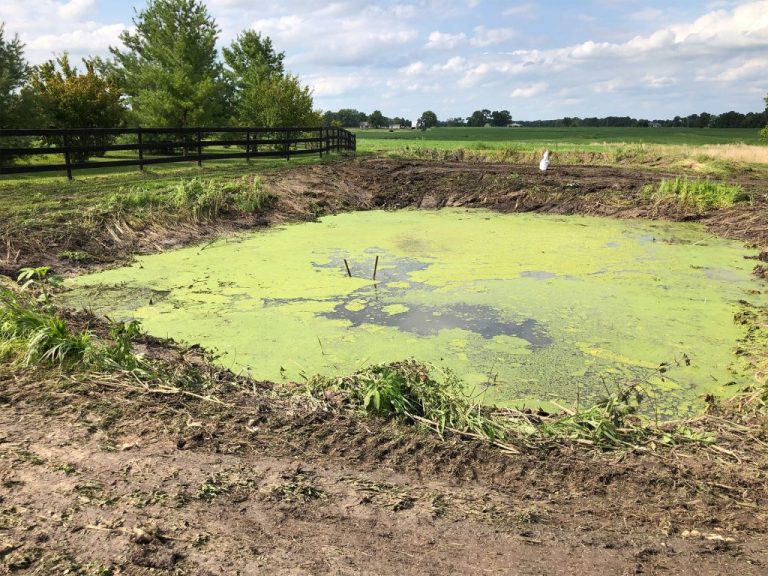
Overgrowth Control
Keeping trees, brush, and weeds away from your lagoon is critical. Excess vegetation can:
- Leaves
Drop leaves into the water, upsetting pH levels and oxygen balance
- Reduces Sunlight
which is essential for the lagoon’s biological process
- Odors
cause unpleasant odors and premature filling
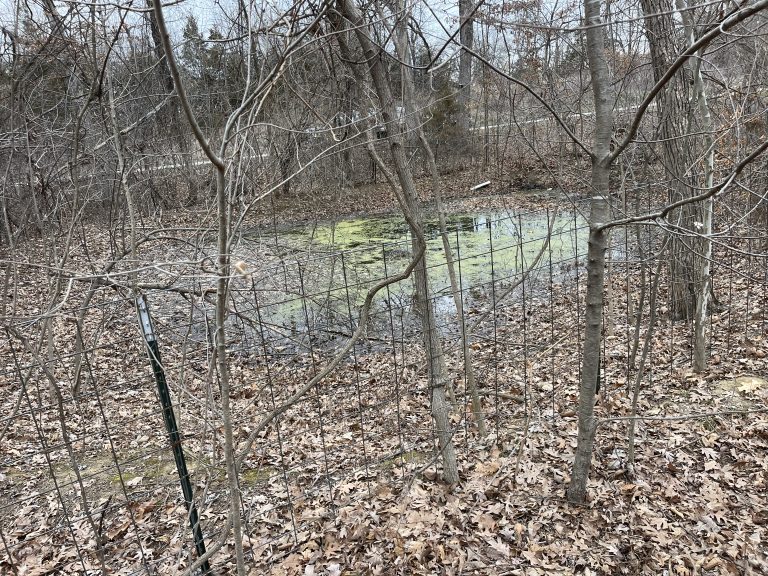
Our Services Include:
- Removing trees within 50 feet of the lagoon
- Cutting back brush, weeds, and saplings
- Excavating to remove leaf buildup
- Setting up ongoing maintenance plans for lagoon bank trimming
Cattails & Floaters
We offer professional cattail removal, sludge remediation, pumping, and excavation to restore proper lagoon function.Unchecked cattail growth and floating debris can quickly damage lagoon function. Causes include:
- Cattails
Grow rapidly, reduce water surface area, and choke oxygen flow
- Floating Masses
Formed by wipes, grease, or debris, creating islands where weeds thrive
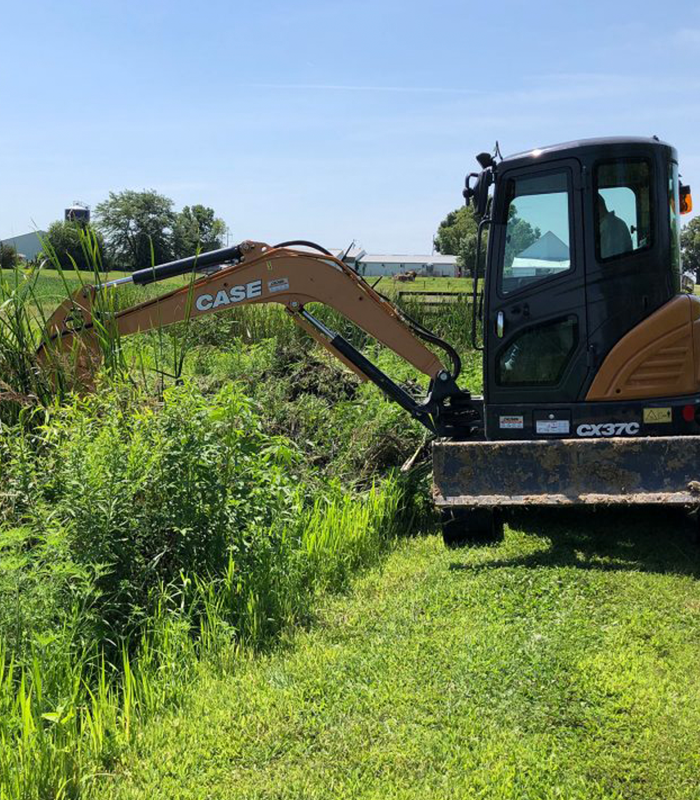
Damage & Repairs
Lagoons can suffer from erosion, animal burrows, and pipe damage. Common issues include:
- Bank Erosion
that requires reshaping with excavation
- Broken Fences
allowing animals or children near the lagoon
- Damaged Pipes
Damaged cleanout pipes or exit pipes clogged with mud, roots, or vegetation
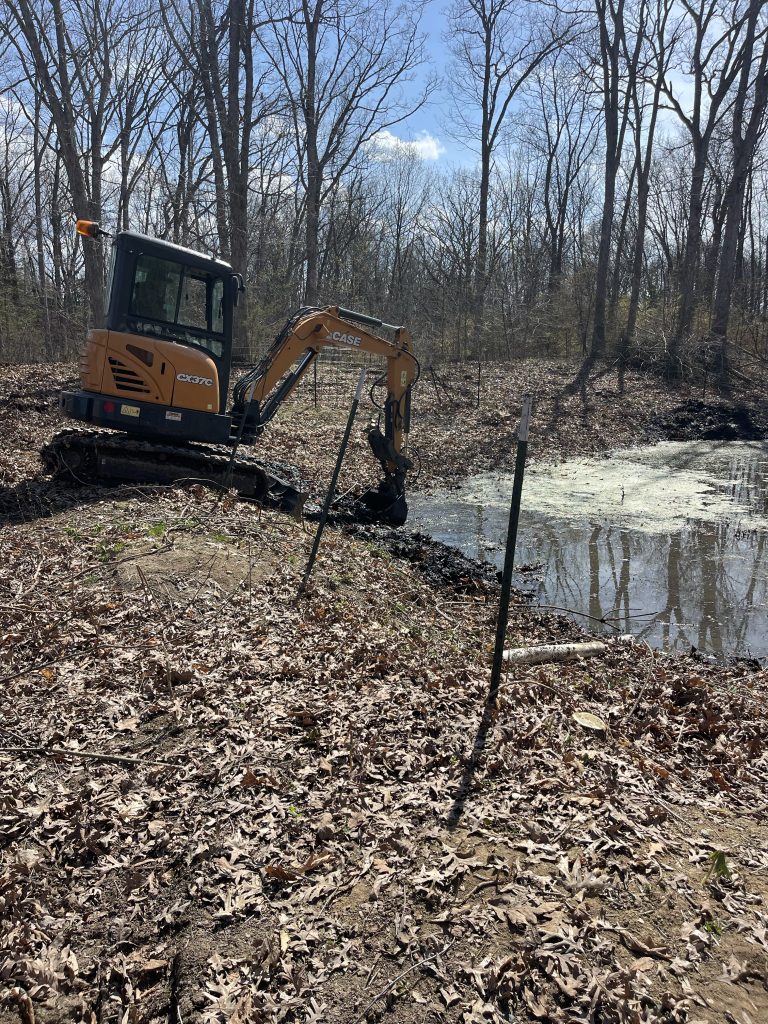
Our Services Include:
- Pumping and excavation to repair lagoon banks
- Fence removal and replacement for safety
- Camera inspections to identify clogs and root intrusion
Professional Support You Can Trust
Our experienced team provides full lagoon maintenance and repair services tailored to your property’s needs Whether it’s overgrowth, cattails, odors, sludge buildup, or structural damage, we can restore your lagoon and keep it functioning properly for years to come.
Lagoon FAQs
How Often Should a Lagoon Be Maintained?
Lagoons should be inspected regularly and pumped when solids accumulate. Biological treatments, sludge stirring, and aeration may also be needed depending on usage.
Why Does My Lagoon Smell Bad?
Odors can be caused by excess sludge, falling leaves, lack of oxygen, or cattail overgrowth. Maintenance and biological treatments can restore balance.
Do I Need to Remove Trees and Brush Near My Lagoon?
Yes. Trees, brush, and weeds drop debris, block sunlight, and disrupt the lagoon’s biological process. It’s recommended to keep vegetation at least 50 feet away.
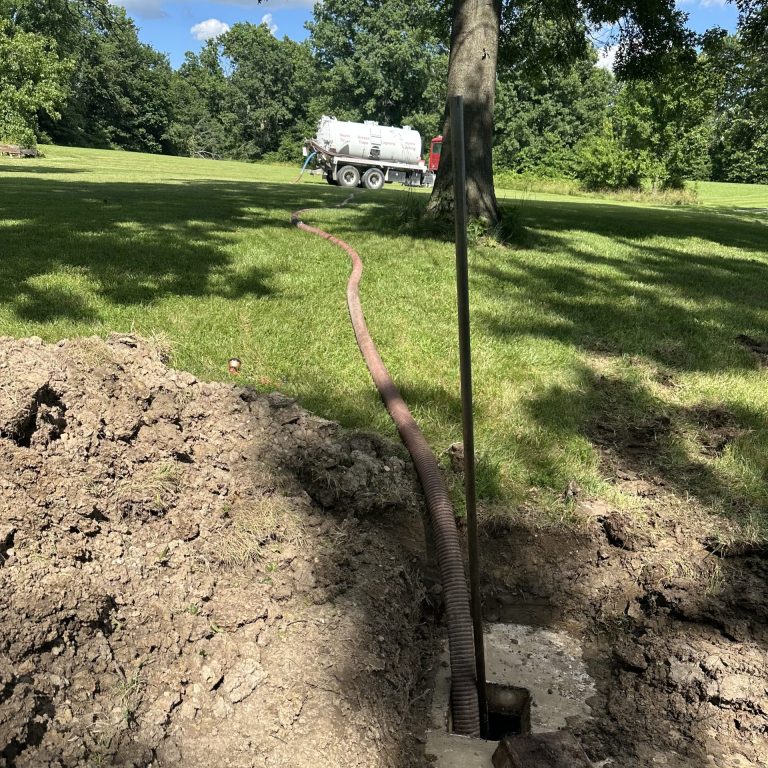
- Septic Tank Pumping
- Grease Trap Cleaning
- Hydrojetting
- Lagoon Maintenance
- Camera Inspections
- 24/7 Emergencies

